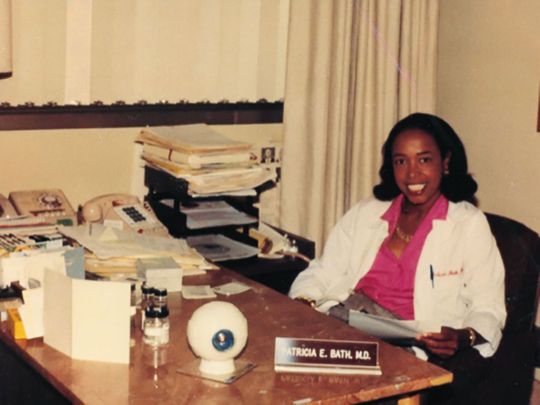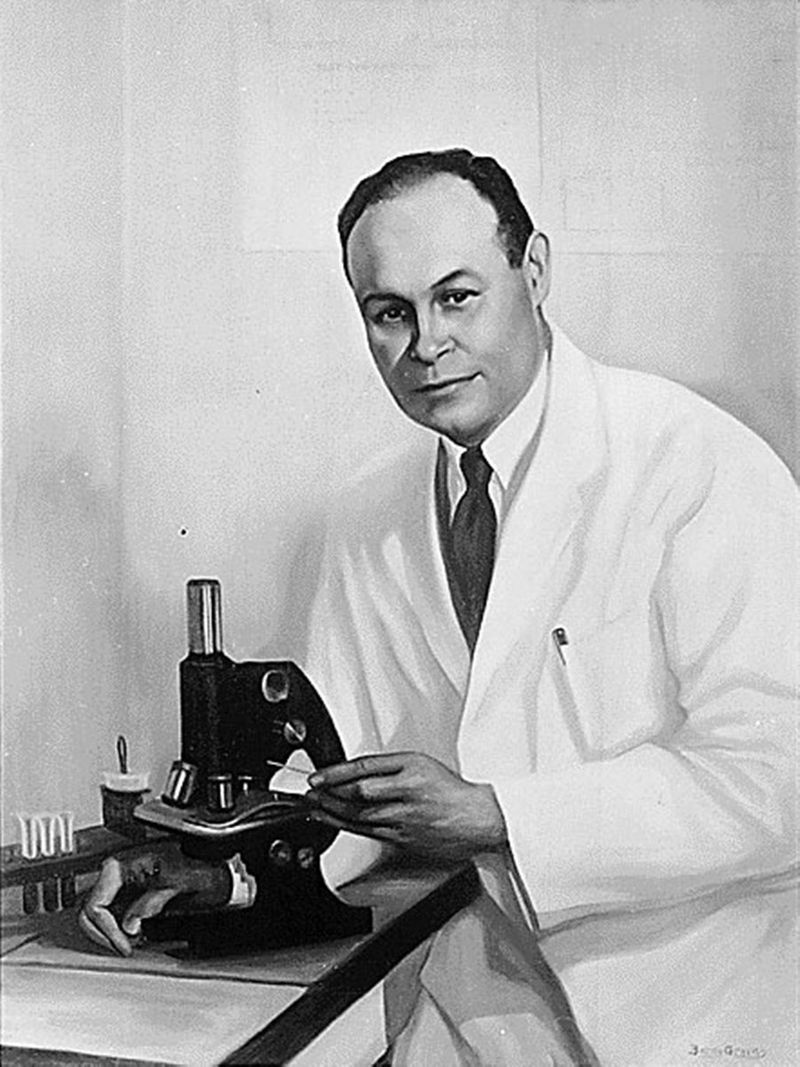
Scientists and innovators have long been responsible for propelling the modern world from one achievement to the next. But aside from well-known individuals, like Albert Einstein and Nikola Tesla, there are many others whose work has had a direct impact on our lives.
Click start to play today’s Word Search and find a whole group of great minds.
Here are a few everyday heroes it’s worth knowing about:
1. Charles Kuen Kao

As the father of fibre-optic communications, Kao singlehandedly brought broadband to the masses. In the mid-1960s, he proposed a revolutionary way to deliver information – in the form of light, through fibre-optic cables. The cables comprise long glass pipes along which the beams are fired. In order to prevent light from leaking out, Kao used purified glass in the walls of the pipe so that the photons could bounce within the pipe and continue travelling over long distances. The phenomenal invention allowed telecommunications to occur over long distances, at incredible speeds. In 2009, Kao won the Nobel Prize in Physics for his achievement.
2. Charles Drew

Modern-day blood banks have Drew to thank. The American surgeon studied blood chemistry, fluid replacement, transfusion and everything to do with blood – he was an expert in the field. So, when casualties mounted in Europe during World War II, and the US formed the Blood for Britain project in 1940, Drew became the head of the project and devised a way to separate plasma from blood.
Since untreated blood needs to be refrigerated to stay viable and plasma does not, Drew found a way to extract plasma and mix it in a saline solution so that it could be shipped abroad to Allied troops, and remain viable for transfusions. It could also be used regardless of the blood type of the person receiving it. Drew’s pioneering work was adopted all around the world, and helped shaped modern blood bank drives.
3. Patricia Bath
Various treatments for cataracts have been around since the fifth century BC. The ailment involves the breakdown of proteins that make up our eyes’ lenses, causing crystal-clear lenses to become cloudy. To treat cataracts, opthalmologists would insert a needle into the eye to reach the lens, and then use an ultrasound probe to break apart the cataract.
But in a major medical breakthrough in 1986, American inventor Patricia Bath created the Laserphaco Probe. Her method replaced ultrasound with lasers, vastly improving doctors’ ability to conduct the surgery with greater accuracy and better results. Two years after her invention, Bath received a patent for her creation, becoming the first African American to receive a medical patent, according to US-based news website The Washington Post.
Did you know about these scientists and inventors? Play today’s Word Search and tell us at games@gulfnews.com.




